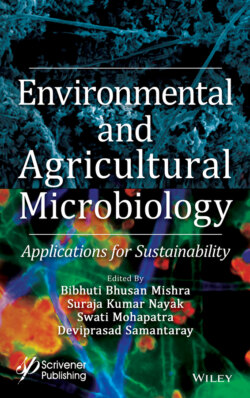Читать книгу Environmental and Agricultural Microbiology - Группа авторов - Страница 69
4
Microbial-Derived Polymers and Their Degradability Behavior for Future Prospects
ОглавлениеMohammad Asif Ali1,2*†, Aniruddha Nag1,3† and Maninder Singh1†
1Graduate School of Advanced Science and Technology, Energy and Environment Area, Japan Advanced Institute of Science and Technology, Nomi, Ishikawa, Japan
2Soft Matter Sciences and Engineering Laboratory, ESPCI Paris, PSL University, CNRS, Paris, France
3School of Energy Science and Engineering, Vidyasirimedhi Institute of Science and Technology (VISTEC), Payupnai, Wangchan, Rayong, Thailand
Abstract
This chapter will focus on the development of bio-based polymers such as polyamides (PA), polylactide (PLA), and polyhydroxyalkanoates (PHAs) produced from renewable resources. NylonTM plastic is a kind of PA is a long chain fiber-forming recalcitrant and biodegradable and degradable polymer with diverse applications. Polylactic acid (PLA) is biodegradable aliphatic polyester derived from a naturally occurring organic acid (lactic acid). On the other hand, PHAs are the high molecular weight biodegradable polyesters synthesized by a wide array of microbes. However, they have an undesirable influence on the environment and substantially impact waste deposition and utilization. This chapter will emphasize the application and microbial degradability of these three kinds (PLA, PHA, and PA) of plastics.
Keywords: Degradation, polyamides microbes, polylactide, polyhydroxyalkanoates
